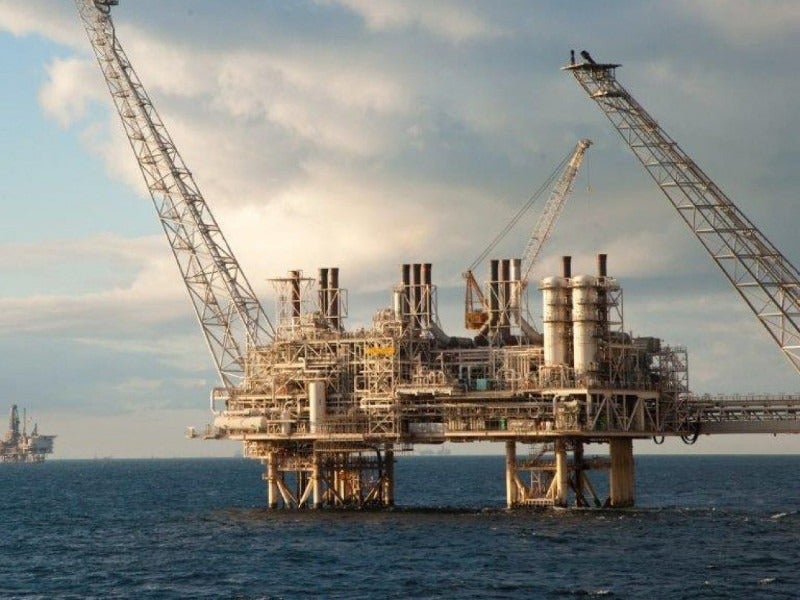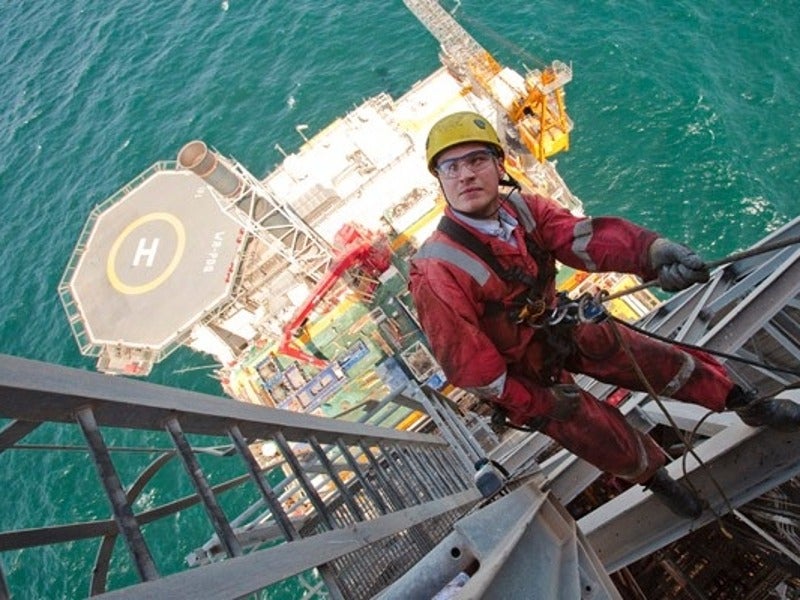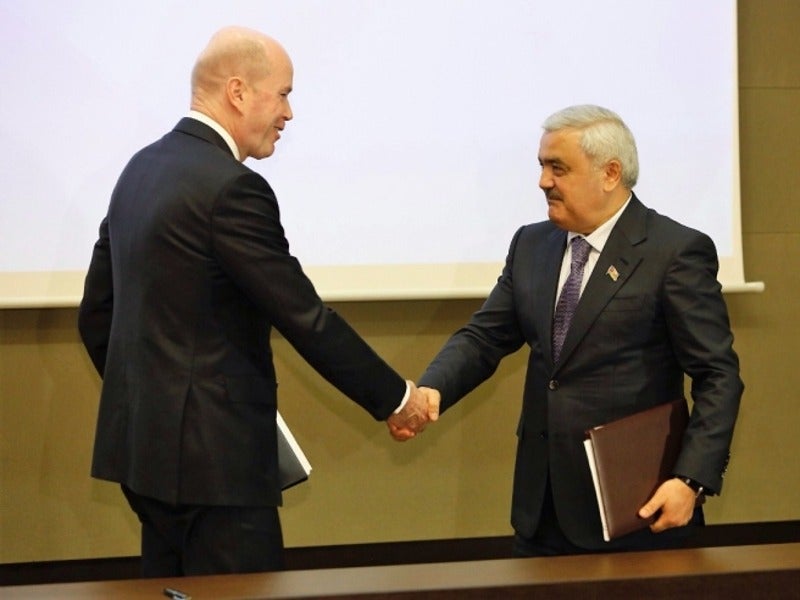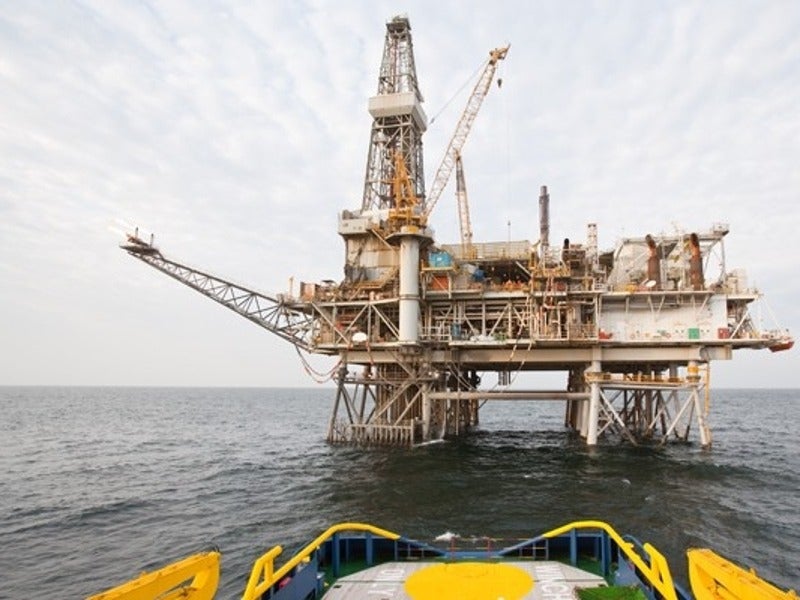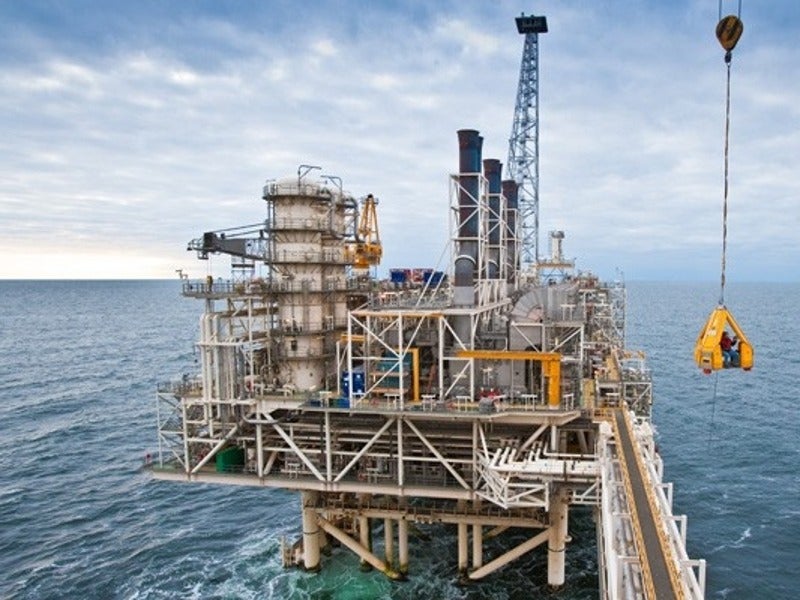Azeri Central East (ACE) development project involves further development of the Azeri, Chirag, and Deepwater Gunashli (ACG) oilfield complex in the Caspian Sea, offshore Azerbaijan.
The offshore project is being jointly developed by the operator BP (30.37%), SOCAR (also known as AzACG, 25%), Chevron (9.57%), INPEX (9.31%), Equinor (7.27%), ExxonMobil (6.79%), Turkiye Petrolleri Anonim Ortakligi (TPAO, 5.73%), Itochu (3.65%), and Oil and Natural Gas (ONGC) Videsh (OVL, 2.31%).
The ACG development partners sanctioned the $6bn Azeri Central East development project in April 2019.
Originally signed in 1994, the ACG production sharing agreement (PSA) was extended until 2049, in September 2017. Azeri Central East represents the first major investment decision after the extension of the PSA.
Construction on the project is expected to be started in 2019, with the first oil expected to be achieved by 2023.
Azeri Central East is expected to produce 100,000 barrels of oil and 35 million cubic feet (Mcf) of gas a day.
ACG oilfield complex location, discovery and development details
Spread over 432km2, the ACG contract area is located approximately 120km off the coast of Baku in the southern Caspian Sea.
The Azeri, Chirag, and Deepwater Gunashli oil fields were discovered in 1987, 1985, and 1979 respectively. The fields were discovered by Khezerdenizneft, an organization of the former Soviet Ministry of Oil and Gas operating in Azerbaijan. The reservoirs of the ACG oilfield complex lie at depths ranging between 2,000m and 3,500m.
The first oil from the ACG contract area was achieved with the commissioning of the Chirag field in 1997. The Central Azeri field commenced production in 2005, while the East Azeri (EA) and West Azeri (WA) fields were brought on-stream in 2006. The Deepwater Gunashli and West Chirag fields were subsequently brought into production in 2008 and 2014, respectively.
The ACG oilfield complex is being developed with eight offshore platforms including six production platforms and two processing and utility platforms.
Producing approximately 584,000 barrels of crude oil a day, ACG is considered to be the biggest producing oilfield complex in the Azerbaijan part of the Caspian Sea.
It is reported to have produced more than 3.5 billion barrels of oil till date, while more than three billion barrels of additional oil is expected to be produced from the remaining life of the complex.
Azeri Central East project details
The ACE oilfield development project comprises the installation of a 48-slot production, drilling, and quarters (PDQ) platform at a water depth of 140m, between the existing Central Azeri and East Azeri platforms.
The oil and gas produced at the new platform will be sent to the existing ACG Phase 2 oil and gas export pipelines for onshore transportation, through two new subsea infield pipelines (30in-diameter for oil and 18in-diameter for gas).
A 16in-diameter new water injection pipeline connecting the ACE platform and the existing East Azeri platform will also be installed to receive injection water supply from the Central Azeri compression and water injection platform.
The power and telecommunications subsea cables will be drawn to the new ACE platform from the existing East Azeri platform.
The project is expected to produce up to 300 million barrels of oil over its operational life.
Oil and gas supply
The oil and gas produced from the ACE platform will be supplied onshore to the existing Sangachal oil and gas terminal, operated by BP, near Baku, Azerbaijan.
Capable of processing up to 1.2 million barrels of oil per day (bpd) and more than 49 million cubic meters (Mcm) of gas a day, the Sangachal terminal is considered to be one of the biggest integrated oil and gas terminals in the world.
The processed oil from the terminal is sent to Turkey, Georgia, and the European markets via the 1,768km Baku Tblisi Ceyhan (BTC) pipeline and the 829km Western Route export pipeline (WREP). The processed gas is supplied through the 691km South Caucasus pipeline (SCP) as well as State Oil Company of Azerbaijan Republic’s (SOCAR) gas pipelines.
Contractors involved in the ACE project
The front-end engineering and design (FEED) contracts for the new platform along with associated tie-ins to existing platforms and for the subsea infrastructure for the ACE project were awarded to a joint venture of KBR and SOCAR, in January 2018.
AECOM completed the environmental and social impact assessment (ESIA) for the project in September 2018.

